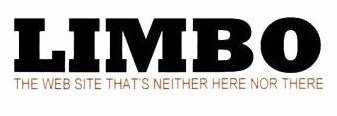In the weeks when the presidential approval rating was below 50 percent, stocks rose at an annualized rate of 9.2 percent. In weeks when the approval rating was between 50 and 65 percent, the Dow rose at an annualized rate of 5.4 percent. And in those periods when approval ratings were above 65 percent (about one-fifth of the time), the Dow rose at a 2.6 percent annual rate.Don’t expect Republicans to deliberately drive Dubya’s approval ratings down below the 30-percent mark (they seem to be accomplishing that goal already, even without intention). But their big-business backers, intent on increasing profits, might thank them if they did just that.
Note that the stock market has been generally positive in all those periods, reflecting the market’s long-term upward trend. Note, too, that people are generally favorably disposed toward their presidents. The approval rating has been above 50 percent 62.9 percent of the time. ...
This contrarian dynamic certainly seems to have been borne out in the Bush years. His popularity spiked in 2001 and remained at very high levels as the stock market plunged in 2002. As Bush’s popularity declined, the market recovered, and the bourses have remained buoyant even as his popularity began to plumb new depths. Bush has never been more unpopular than he is today. And yet the S&P 500 today pierced a level it hadn’t seen since May 2001, while the Nasdaq sits at a five-year high.
Thursday, April 06, 2006
Bubble Boy Finally Makes Good
[[M O N E Y]] * Chin up, America. There may actually be happy news in George W. Bush’s tanking poll numbers. As Slate contributor Daniel Gross reports, a study of “presidential approval ratings as measured by the Gallup Poll against the weekly performance of the Dow Jones Industrial Average since August 1959” shows that stocks often do their best when whoever’s occupying the Oval Office is perceived as doing a poor job.
Subscribe to:
Post Comments (Atom)







No comments:
Post a Comment